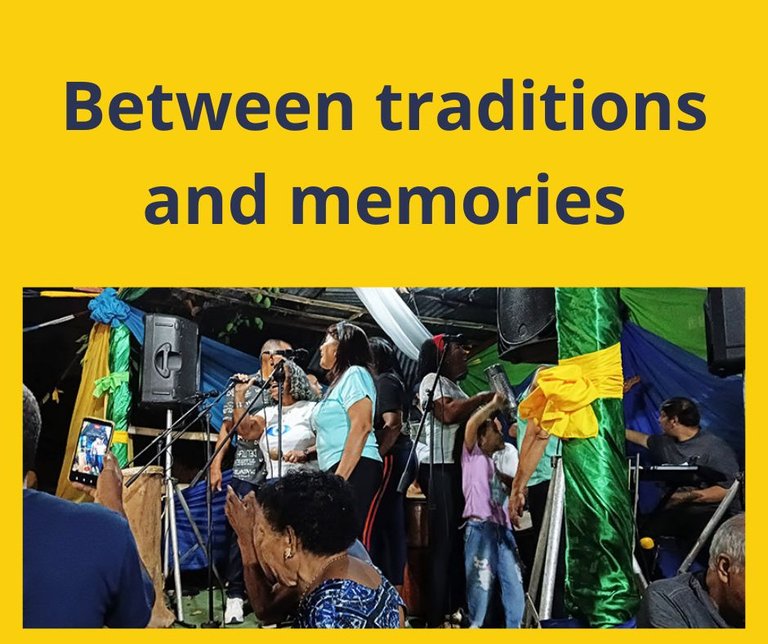
Greetings friends of @silverbloggers.
Today I want to tell you a story of a Venezuelan town that disappeared in time and what we call progress, a story that is intertwined with my family history.
Aroa, was a coastal town facing the Caribbean Sea, that clear blue sea that bathes the northern coast of my country, Venezuela. The economic activity of Aroa was agriculture and my grandfather was the foreman of one of the main cocoa farms of this small town. My mother was born in this town in 1936.
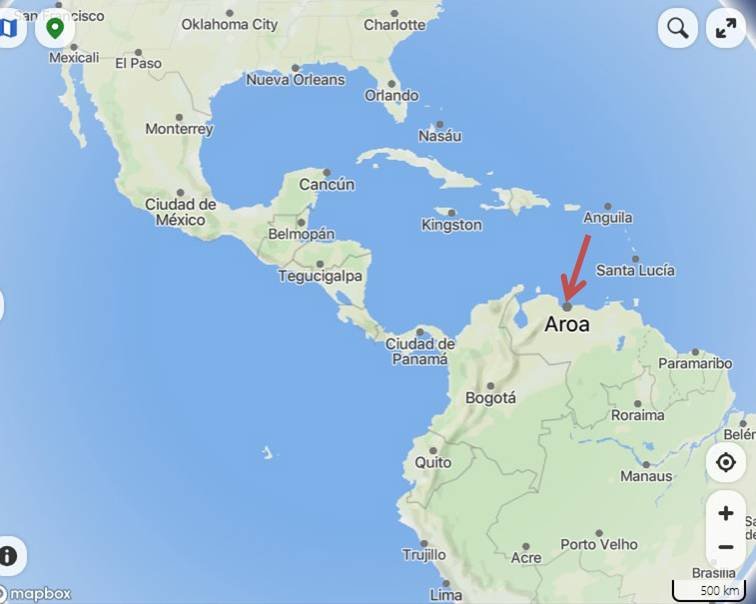
It was a significant year in Venezuelan history because changes and transformations were on the horizon in the country, since the year before 1935 Juan Vicente Gómez had died, a dictator who had remained in power for twenty-eight years until the day of his death.
The death of Gómez ushered in a democratic period and a greater openness to foreign investments through the oil concessions initiated in 1920 during the dictatorial government.
I imagine that this news arrived in bits and pieces to those towns lost in the national geography and that its inhabitants began the exodus looking for improvements in their quality of life, that is how the inhabitants of Aroa were abandoning their lands.
During the Gomecista era, Maracay, the city where I live, was the most important city in Venezuela, because the dictator had adopted it as the seat of his government and settled in one of the coolest areas of the city, which he called “Las Delicias” because of its climate and the lush vegetation near the mountains that give entrance to the cloud forest that today we call Henri Pittier National Park and, after the mountainous pass opens to the sea.
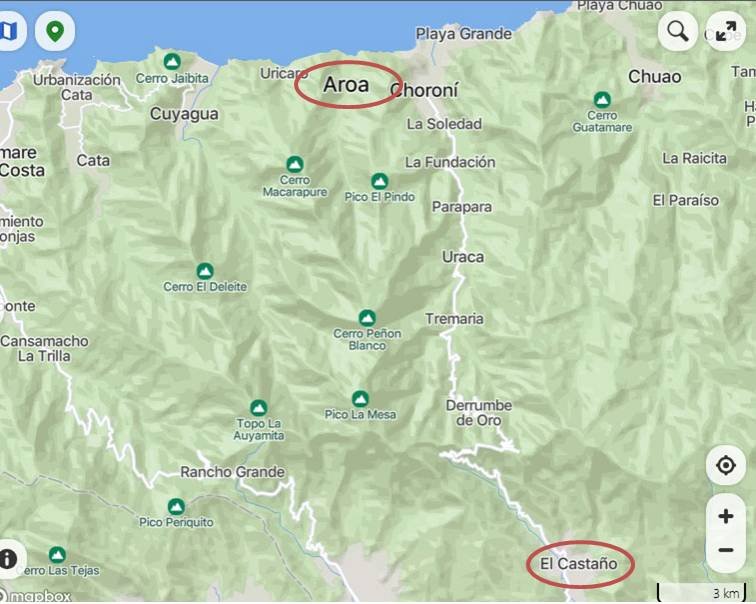
They came from the coast to the city, many of them settled a little further up (three kilometers) from where the government house was and the sector was named El Castaño, the area where I live. Although my family arrived in Las Delicias.
Of these people who migrated and settled in El Castaño is the Herrera family, now in its fourth generation, a family that has preserved its roots through folk music, where the dominant musical instrument is the coastal drum and its singing is the improvised “décimas” or “fulías”.
In the 80's and 90's, the third generation of this family, who are my generation, created a musical group called Raíces de Aroa, at the time they had a good projection at regional level, animating the communities on commemorative dates, such as the Cruz de Mayo, San Juan and Christmas. Eventually the group disbanded and this year, on March 30, almost thirty years later, they brought out their instruments again.
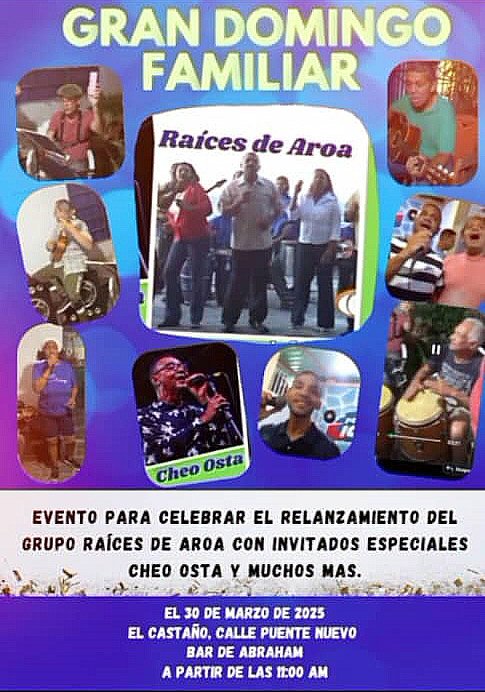
They are my neighbors and that night as I listened to the drums and their voices, I thought of my mother and their mother, both of whom left this earthly world last year within seven days of each other, a lifetime of friendship that was born in the vanished town.
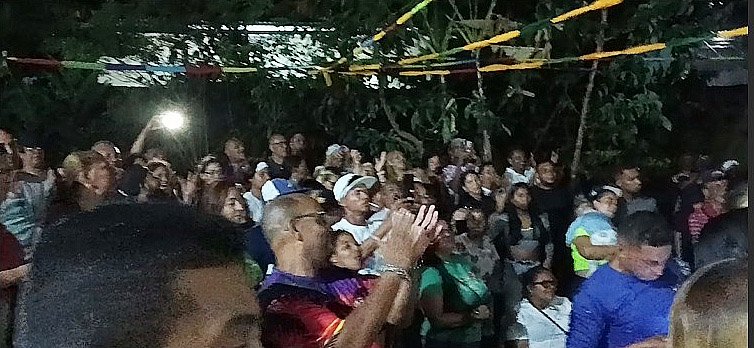
As I listened, I also thought about how they enjoyed these street parrandas that bring the community together and we found people of all ages, singing, dancing and sharing, not letting their own culture die.
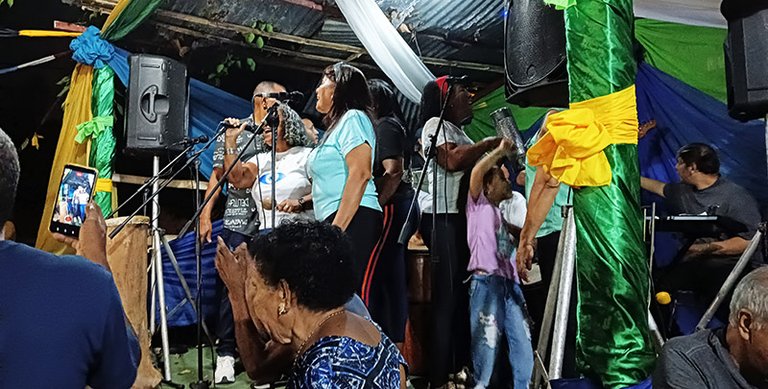
With all these thoughts, at nine o'clock at night that day, contrary to my habits, I could not resist the temptation, I got dressed and went to share with my neighbors that moment of joy, music, tradition and memory of those who are no longer here, but who left their mark when they passed through this plane.
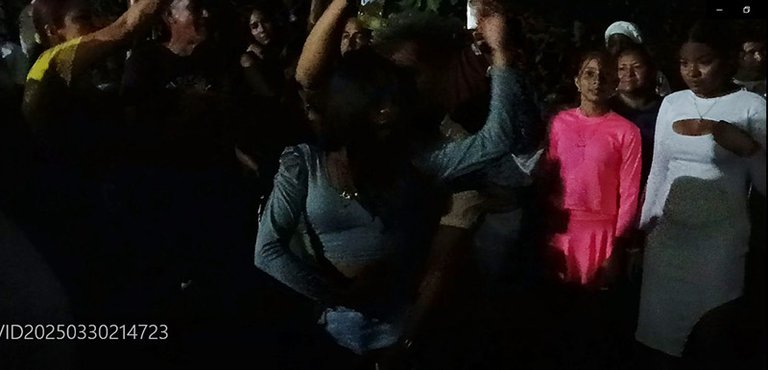
It was a beautiful time, to see so many older people enjoying themselves, children dancing to a rhythm that comes from within, young people full of sensuality and enthusiasm dancing to the sound of the drums, but above all, to meet again with my mother's roots that are also part of mine.
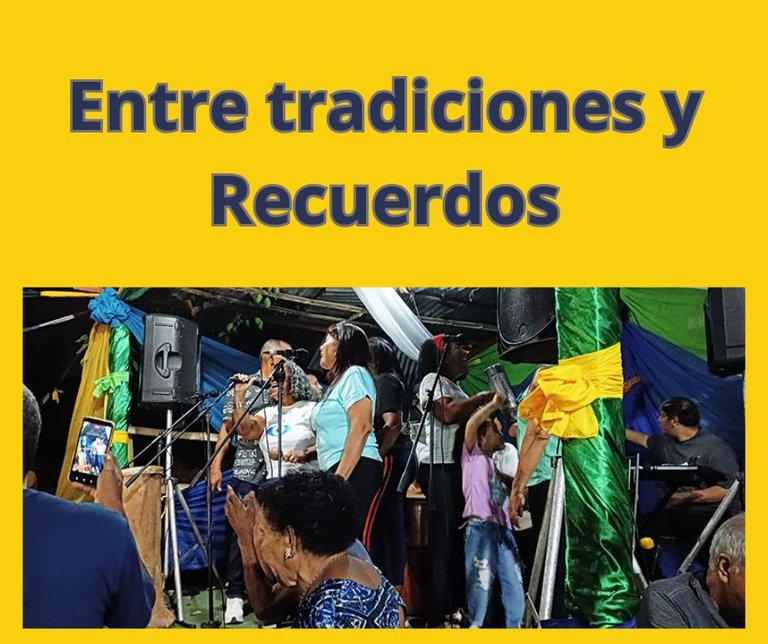
Saludos amigos de @silverbloggers.
Hoy les quiero contar una historia de un pueblo venezolano que desapareció en el tiempo y lo que llamamos progreso, una historia que se entrelaza con mi historia familiar.
Aroa, era un pueblo costeño de cara al Mar Caribe, ese mar azul y claro que baña la costa norte de mi país, Venezuela. La actividad económica de Aroa era la agricultura y mi abuelo era capataz de una de las principales haciendas cacaoteras de este pequeño poblado. En este pueblo nació mi mamá en el año 1936.

Un año significativo en la historia venezolana porque se vislumbraban cambios y transformaciones en el país, pues el año anterior 1935 había muerto Juan Vicente Gómez, dictador que se había mantenido en el poder durante veintiocho años hasta el día de su muerte.
La muerte de Gómez dio entrada a un periodo democrático y a una mayor apertura a las inversiones extranjeras a través de las concesiones petroleras iniciadas en 1920 en el gobierno dictatorial.
Me imagino que estas noticias llegaban a retazos a esos pueblos perdidos en la geografía nacional y que sus pobladores comenzaron el éxodo buscando mejoras en su calidad de vida, es así como los habitantes de Aroa fueron abandonando sus tierras.
Para esa época gomecista, Maracay, la ciudad donde vivo, era la más importante de Venezuela, pues el dictador la había adoptado como cede de su gobierno y se asentó en una de las zonas más frescas de la ciudad, que llamó “Las Delicias” por su clima y la frondosidad de su vegetación cercana a las montañas y que dan entrada a la selva nublada que hoy llamamos Parque Nacional Henri Pittier y, que después del paso montañoso se abre al mar.

Este fue el recorrido inverso que hicieron los pobladores de Aroa, se vinieron de la costa a la ciudad, mucho de ellos se asentaron un poco más arriba (tres kilómetros) de donde estaba la casa de gobierno y el sector recibió por nombre El Castaño, zona donde vivo. Aunque mi familia llegó a Las Delicias.
De esta gente que migró y se ubicó en el Castaño se encuentra la familia Herrera, ya va por su cuarta generación, una familia que ha conservado sus raíces a través de la música folklórica, donde el instrumento musical dominante es el tambor costeño y su canto las décimas o fulías improvisadas.
En los años 80-90, los de la tercera generación, de esta familia, y que son los de mi generación, crearon un grupo musical llamado Raíces de Aroa, en su momento tuvieron una buena proyección a nivel regional, animando, en fechas conmemorativas, como la Cruz de Mayo, San Juan y Navidad, las comunidades. Con el tiempo la agrupación se disolvió y este año, el 30 de marzo, casi treinta años después, han vuelto a sacar sus instrumentos.

Para ello hicieron un domingo familiar, son mis vecinos y esa noche mientras escuchaba los tambores y sus voces, pensaba en mi mamá y en la mamá de ellos, las dos se fueron de este mundo terrenal el año pasado con siete días de diferencia, toda una vida de amistad que nació en el pueblo desaparecido.

Mientras escuchaba, también pensaba en como disfrutaban de estas parrandas callejeras que convocan a la comunidad y encontramos personas de todas las edades, cantando, bailando y compartiendo, no dejando morir una cultura propia.

Con todos estos pensamientos, a las nueve de la noche de ese día, contrario a mis costumbres, no aguanté la tentación, me vestí y fui a compartir con mis vecinos ese momento de alegría, música, tradición y memoria de aquellos que ya no están, pero que dejaron su huella al pasar por este plano.

Fue un rato hermoso, ver a tanta gente mayor disfrutando, a niños bailando a un ritmo que les nace desde adentro, a los jóvenes llenos de sensualidad y entusiasmo bailando al son de los tambores, pero sobre todo, reencontrarme con las raíces de mi mamá que también son parte de las mías.

Translated with www.DeepL.com/Translator (free version)
Fuente de imágenes: Archivo personal



MIS REDES SOCIALES


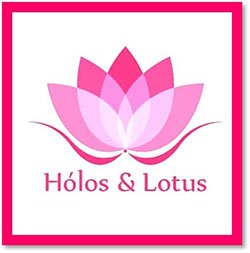


Be Entrepreneur






